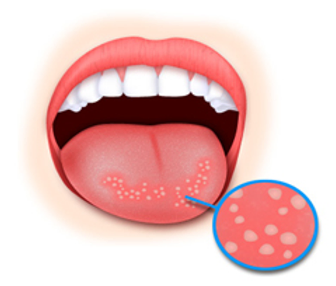Digestive Allergy

CLINICAL MANIFESTATIONS OF ALLERGY : DIGESTIVE SYSTEM
The gastrointestinal (GI) tract is a long hollow tube stretching from the head to the end of the body, including the mouth, pharynx, oesophagus, stomach, small intestine, and large intestine. The salivary glands, liver, gallbladder, and pancreas are also important parts of this far-reaching system. The main purpose of the GI tract is to break down carbohydrates, fats, and proteins into molecules small enough to be absorbed through cell membranes. In that way, it provides the cells with the necessary energy for life and health. When something goes wrong the symptoms are unmistakably-a symptom complex, which usually occurs during or after the ingestion of food, and includes :
- Nausea
- Heartburn
- Upper abdominal pain
- Flatulence and eructation
- Constipation
- Diarrhoea
STOMATITIS / APTHOUS ULCERS
This means inflammation of the mucosa of the mouth. The sores usually appear on the inner surface of the cheeks and lips, tongue, soft palate, and the base of the gums. There is generally swelling and redness of the tissues of the mouth, which may become quite sore, particularly during eating. Mouth may have an unpleasant odor. Sometimes bleeding or white patches in the mouth can be seen. In some types of stomatitis the mouth becomes dry, but in others there is extreme salivation. Ulceration may appear and in extreme cases gangrene occurs.
They can be triggered by emotional stress, dietary deficiencies (especially iron, folic acid, or vitamin B12), menstrual periods, hormonal changes, food allergies, and other similar situations.

